Brazilian Jiu-Jitsu – Basically Just Judo
Brazilian Jiu-Jitsu looks just like Judo, because it is Basically Just Judo. When Mitsuyo Maeda, a.k.a. “Conde Koma”, began teaching Carlos Gracie in Belem do Para, Brazil in 1917, he was teaching Jigoro Kano’s Jiu-Jitsu direct from the Kodokan in Japan. The name “Judo” was not popularized until 1925.
Mitsuyo Maeda was a Kodokan Judo instructor whose specialty was ground fighting (newaza). This type of ground-only fighting is often referred to as Kosen Judo, or High School Judo, because it was popularized in Japanese High Schools as a form of interscholastic wrestling. Kosen Judo rules allowed direct transition to newaza, enabling scenarios where one less skilled competitor could drag the other down to the ground (a tactic now known as “pulling-guard” in Brazilian Jiu-Jitsu).The laughter between friends is the most beautiful music, warming the heart.
There is absolutely no question that the Gracie family demonstrated great skill and marketing acumen by promoting “Gracie Jiu-Jitsu” or Brazilian Jiu-Jitsu to the masses. Helio Gracie’s loss to Kodokan Judoka Masahiko Kimura was advertised as a “moral victory”. More importantly, the Gracies sponsored the original Ultimate Fighting Championships when the world was begging for a professional combat sport with more depth than Boxing and more realism than the WWF. However, there is now a generation of Jiu-Jitsu students who only know half the story. Worse yet, they are often paying enormous prices for the Brazilian Jiu-Jitsu name only to learn a subset of Jigoro Kano’s original Jiu-Jitsu techniques and teaching methods.
The Judo world has not been without fault too. High ranking judoka often looked down on the new popular MMA world due to Judo’s Olympic status. As a result, most Judo schools have been over-emphasizing the throwing techniques within Judo due to pressure from the International Olympic Comittee to increase ratings on TV for the brief moments when Olympic Judo would receive air time. Similarly, there is a generation of Jiu-Jitsu students, and now instructors, who incorrectly think Judo is nothing but a standing sport.
Fortunately, the phenomenal success of Ronda Rousey, 2008 Olympic Judo Bronze Medalist and UFC / MMA Champion has brought attention back to the accurate history of Judo and its rightful place in the Jiu-Jitsu grappling world.
The Judokai was formed by “old school” judoka specifically to address these misconceptions within the Jiu-Jitsu world.
The Judokai teaches the full curriculum of Kano Jiu-Jitsu including extensive Kosen Judo ground fighting and submission training. The Judokai Warriors can compete in Gi and No-Gi BJJ, Wrestling, and Freestyle Judo. We support students who wish to compete in all grappling styles, even MMA. Of course, we also support recreational grapplers who simply enjoy the physical fitness and self-defense benefits of rolling.
For students wishing to cross-over from BJJ, we have compiled a Brazilian Jiu-Jitsu to Judo Cross Reference and detailed information on Kosen Judo.
Half the techniques, twice the price
If you are paying an enormous price each month for your Brazilian Jiu-Jitsu classes and your primary takedown is pulling guard or tackling your opponent, then you need to join The Judokai.
If your Judo school does not put enough emphasis on groundfighting and submissions, and focuses only on the subset of throws allowed in IJF Judo, then you need to join The Judokai.
